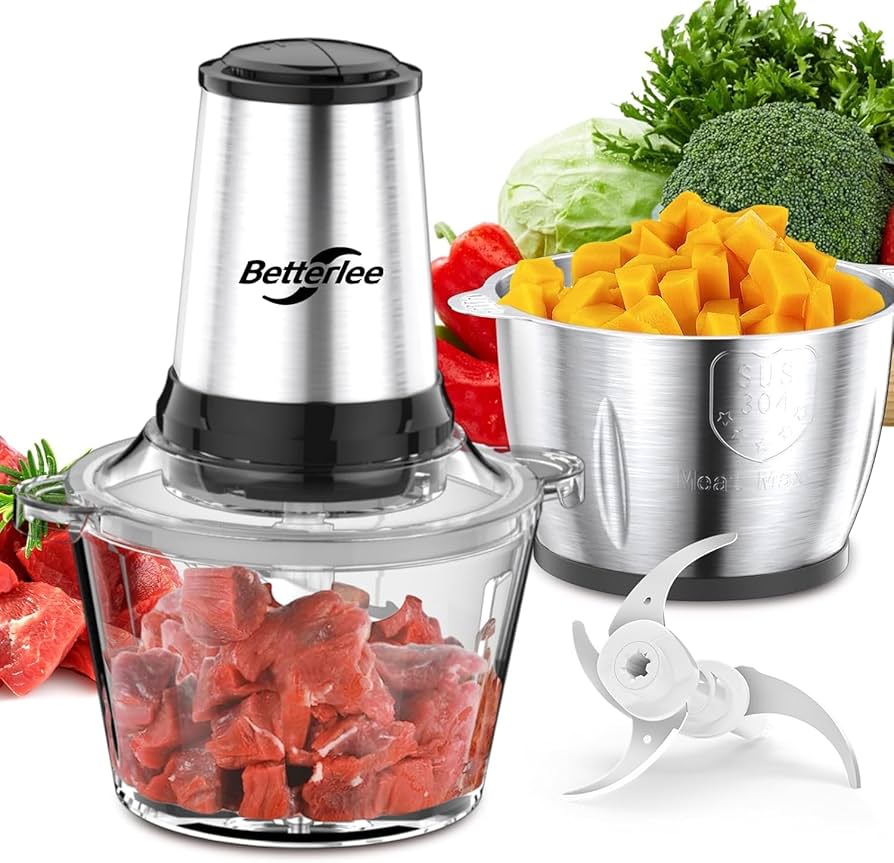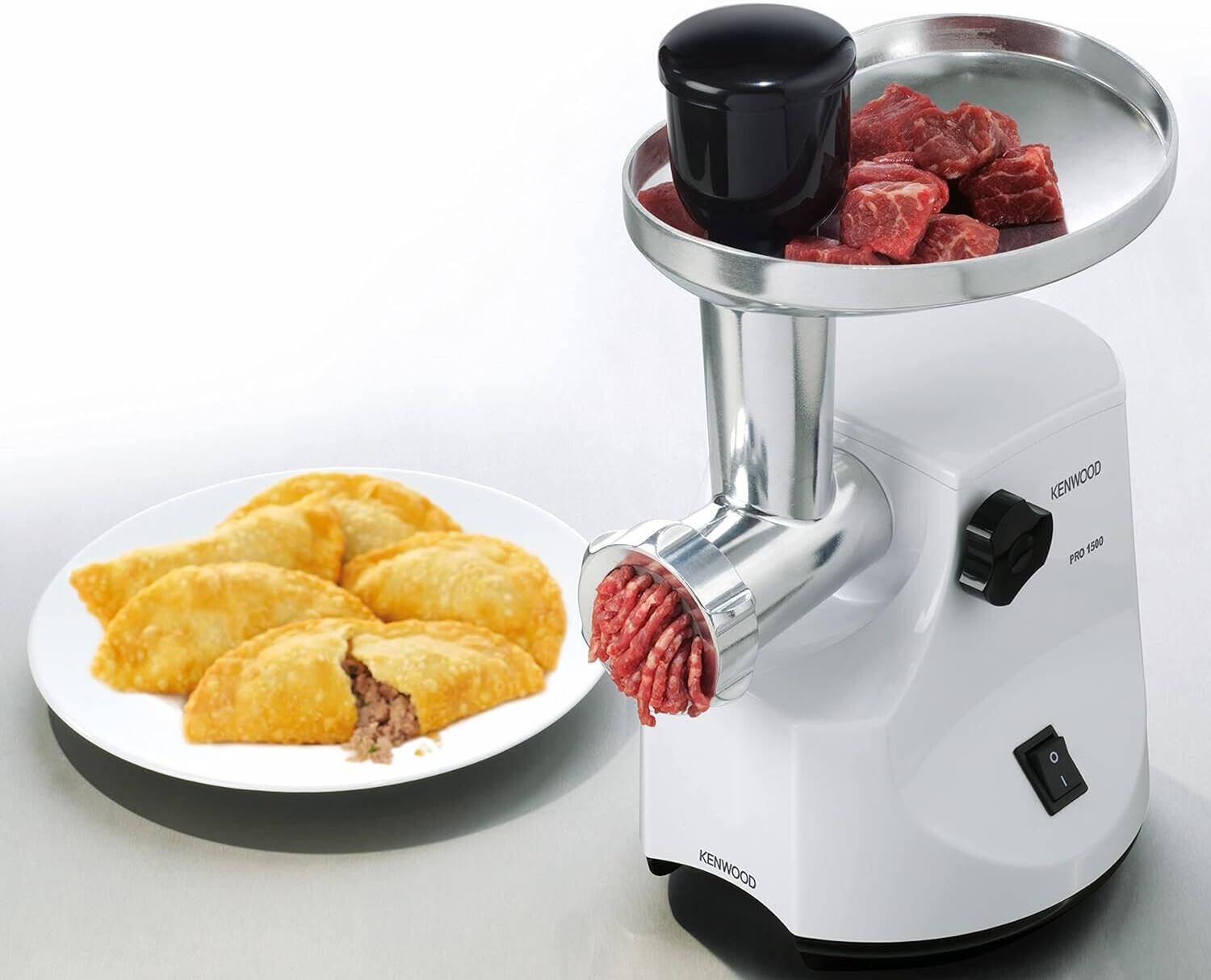Ever stare at the collection of metal bits that came with your meat grinder and feel a little… lost? You’re not alone. I remember the first time I disassembled my grinder, I laid out all the parts on my counter like a surgeon preparing for an operation, wondering what on earth each piece did. If you’ve found yourself puzzling over the grinder plates, you’ve likely asked What Is The Difference Between Hub And Hubless Plates. It sounds technical, but trust me, understanding this simple distinction is a game-changer for your grinding experience, from setup to cleanup.
So, let’s roll up our sleeves and dive into the nitty-gritty of grinder plates. By the end of this, you’ll not only know the difference but you’ll also know exactly which type is your new best friend in the kitchen.
First, A Quick Refresher: What Are Grinder Plates Anyway?
Before we talk hub vs. hubless, let’s get on the same page. The grinder plate, sometimes called a die, is that perforated metal disc at the end of your meat grinder. It’s the final gatekeeper that determines the texture of your grind.
As the auger (the big corkscrew thing) pushes the meat forward, the spinning grinder knife cuts the meat against the stationary plate, forcing it through the holes. The size of these holes dictates whether you get a coarse chili grind, a medium grind for burgers, or a fine grind for sausages and pâté. In short, the plate is where the magic happens.
The Hub Plate: The Classic Workhorse
A hub plate is probably what you picture when you think of a grinder plate. It’s characterized by a small raised nub, or “hub,” on one side that sticks out from the center.
So, What’s the Hub For?
Think of the hub as a self-aligning mechanism. It’s designed to fit perfectly into the indentation in the center of the grinder’s auger. This ensures that the plate is perfectly centered every single time you assemble your grinder. It’s a bit like a key fitting into a lock—it’s designed to go in only one way, which makes it pretty foolproof.
Pros of Hub Plates:
- Guaranteed Alignment: The biggest advantage is that it’s nearly impossible to install incorrectly. This perfect alignment ensures the cutting knife sits flush against the plate, which is crucial for a clean, efficient cut.
- Stability: The hub provides an extra point of contact, which can contribute to a more stable and vibration-free grinding operation, especially on older or less robust machines.
- Commonly Included: For decades, this was the standard design, so many grinders, especially older models, come with hub plates.
Cons of Hub Plates:
- Cleaning Can Be a Pain: That little hub creates nooks and crannies where tiny bits of meat and fat love to hide. It requires a little extra attention with a cleaning brush to make sure it’s completely sanitized.
- Slightly Less Versatile: Since it’s designed to fit a specific auger type, it’s not as interchangeable as its hubless counterpart.
The Hubless Plate: The Modern Challenger
As the name implies, a hubless plate is completely flat on both sides. It looks like a simple, solid metal disc riddled with holes. This design has become increasingly popular in modern meat grinders, especially in commercial settings and with home enthusiasts who prioritize speed and efficiency.
Why Go Hubless?
The main driver behind the hubless design is simplicity and ease of cleaning. Without the central hub, you have a perfectly smooth surface. There are no corners for food particles to get trapped in, which makes washing up significantly faster and easier.
Pros of Hubless Plates:
- A Breeze to Clean: This is the #1 reason people love them. A quick scrub and rinse, and you’re done. This is a huge plus for food safety and for anyone who dreads the cleanup part of grinding.
- Reversible: Because both sides are flat, you can technically use either side against the blade. This can help extend the life of the plate by distributing the wear and tear more evenly over time.
- Wider Compatibility: Hubless plates often conform to industry-wide sizing standards (like #5, #8, #12, #22, #32), making them more interchangeable between different brands of grinders, as long as the diameter is correct.
Cons of Hubless Plates:
- Requires Careful Installation: Without the self-aligning hub, you have to be more mindful when assembling your grinder. You need to ensure the plate is perfectly centered and seated correctly before tightening the retaining ring. An improperly seated plate can lead to a poor grind, or “smearing,” and can even damage your knife and plate.

What is the Difference Between Hub and Hubless Plates? A Head-to-Head Breakdown
Let’s put them side-by-side to make the choice crystal clear. The real what is the difference between hub and hubless plates question comes down to a trade-off between foolproof assembly and ease of maintenance.
| Feature | Hub Plate | Hubless (Flat) Plate |
|---|---|---|
| Design | Has a raised center nub (hub) on one side. | Completely flat on both sides. |
| Alignment | Self-aligning; the hub fits into the auger. | Manual alignment required during assembly. |
| Cleaning | More difficult; requires a brush for the hub area. | Very easy; smooth surfaces with no nooks. |
| Compatibility | More specific to the grinder model it was made for. | More universal and interchangeable by size (#12, #22, etc). |
| Best For | Beginners or those who want a simple, error-free setup. | Users who prioritize quick cleanup and food safety. |
Expert Tip from Chef David Wilson: “In a busy kitchen, every second counts. We switched all our prep grinders to hubless plates years ago. The time saved on cleanup and sanitation adds up incredibly fast, especially when you’re breaking down large batches. Just train your staff to seat them properly, and you’ll never look back.”
How Do I Know Which Plate My Grinder Uses?
This is the easy part. Just take a look at the plates that came with your grinder.
- Disassemble the Grinder Head: Unscrew the front retaining ring and carefully remove the plate and the cutting knife.
- Inspect the Plate: Lay the plate on a flat surface. Does it have a raised nub in the middle on one side? If yes, you have a hub plate.
- Check for Flatness: If the plate is completely flat on both sides, with no protrusions, you have a hubless plate.
It’s really that simple. Knowing which type you have is essential when you’re looking to buy new plates with different hole sizes or need to replace a worn-out one.
Can I Use a Hubless Plate on a Grinder Made for Hub Plates?
This is a fantastic question and the answer is usually, yes, with one important condition: the diameter and thickness must be correct for your grinder’s size.
Grinders are standardized by the size of their head assembly. You’ll see them labeled as #5, #8, #12, #22, #32, and so on. A #12 plate will only fit a #12 grinder, a #22 plate in a #22 grinder, etc. As long as you buy a hubless plate that matches your grinder’s size number, it should fit perfectly inside the grinding head. The auger will simply rest against the flat center of the plate, and everything will work just fine once you tighten the ring.
Frequently Asked Questions (FAQ)
Q: Does the plate type affect the quality of the meat grind?
A: Not directly. As long as the plate and knife are sharp and properly installed, both hub and hubless plates will produce an excellent quality grind. Poor grind quality, or “smearing,” is almost always caused by a dull blade/plate, improper assembly, or meat that is too warm.
Q: Are hubless plates more expensive than hub plates?
A: The price is generally comparable and depends more on the material (carbon steel vs. stainless steel) and the brand than on whether it has a hub. High-quality stainless steel plates will always be a better long-term investment.
Q: Which type is better for a beginner?
A: A hub plate is slightly more forgiving for a complete beginner because it removes the guesswork from assembly. However, learning to properly seat a hubless plate takes about 30 seconds, so the ease-of-cleaning benefit makes hubless a great option for anyone.
Q: Why do some plates have a little notch on the side?
A: That notch is another alignment feature found on many plates, both hub and hubless. It corresponds to a small pin inside the grinder head, which prevents the plate itself from rotating during operation. It’s a critical feature, so always make sure the notch is lined up with the pin.
Q: How often should I replace my grinder plates?
A: With proper care, a good quality stainless steel plate can last for years of home use. You should consider replacing it if you notice it’s taking much longer to grind, the meat is coming out mushy or smeared, or if you see any visible rust, chips, or damage to the plate.
The Final Verdict: Hub or Hubless?
So, after exploring what is the difference between hub and hubless plates, which one should you choose? The truth is, there’s no single “better” option—it all comes down to your personal preference.
If you value a design that is nearly impossible to assemble incorrectly and gives you that extra peace of mind, the traditional hub plate is a reliable and solid choice.
If you, like me, absolutely value speed and efficiency in the kitchen, especially when it comes to cleanup, the modern hubless plate is your winner. The time you save scrubbing makes it well worth the extra second of attention it takes during assembly.
Ultimately, understanding your equipment is the first step to mastering it. Now that you know the ins and outs of your grinder plates, you’re one step closer to grinding like a true pro. Go ahead, take a look at your machine, and feel confident the next time you’re ready to make the freshest, most delicious ground meat right in your own home.
